10 Home Remedies To Get Rid Of Ganglion Cysts + Causes And Medical Treatment
A few natural ingredients are all you need to get rid of these unseemly growths!
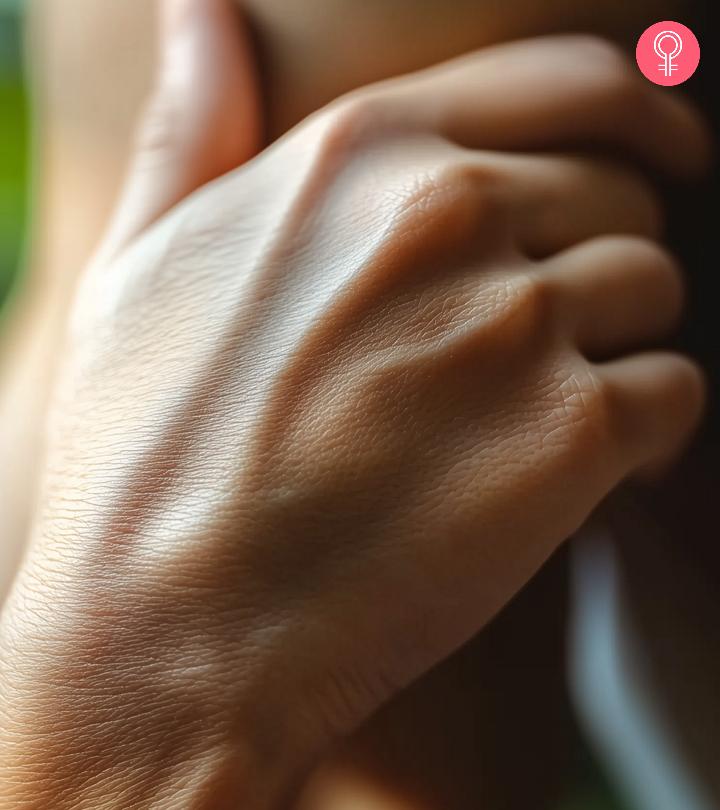
Image: Midjourney/ StyleCraze Design Team
Ganglion cysts are fluid-filled sacs found on the tendons or joints. While ganglion cysts commonly develop on the feet, wrist, and fingers, they can also develop on any area of your body. Although ganglion cysts are harmless and go away on their own, sometimes the size and weight of the cyst may obstruct joint movement. The good news is that there are some home remedies for ganglion cysts that can alleviate the pain and their related symptoms. In this article, we explore the causes and symptoms of ganglion cyst and different ways on how to drain a ganglion cyst yourself. Scroll down for more information.
In This Article
Home Remedies To Treat Ganglion Cysts
Note:
Most of these ingredients have anti-inflammatory and analgesici A class of pain-relieving drugs that prevent the production of prostaglandins, a chemical substance that stimulates pain sensation. properties that may help in the management of the symptoms of ganglion cysts. However, there is no scientific evidence to prove their efficacy in treating this condition.
1. Essential Oils
a. Frankincense Oil
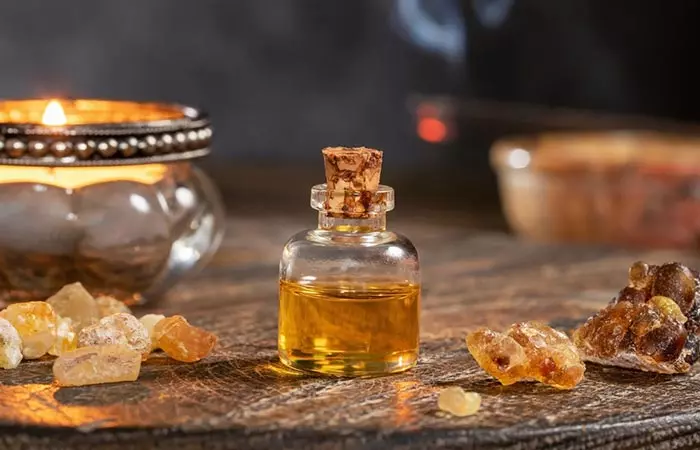
Frankincense oil possesses anti-inflammatory and analgesic activities (1). These may provide pain relief and speed up the healing of the cyst.
You Will Need
2-3 drops of pure frankincense oil
What You Have To Do
- Apply two to three drops of frankincense oil directly to the affected joint.
- Leave it on.
How Often You Should Do This
Do this 2 times daily.
b. Lemongrass Oil
Lemongrass oil has pain-relieving and anti-inflammatory properties
(2). Hence, it may help in reducing pain and draining out the fluid-filled cyst.
You Will Need
- 3 drops of lemongrass oil
- 1 teaspoon of coconut oil
What You Have To Do
- Add three drops of lemongrass oil to a teaspoon of coconut oil.
- Mix well and apply this mixture to the affected joint.
- Leave it on for at least 20 to 30 minutes before washing it off.
How Often You Should Do This
Do this 3-4 times daily.
c. Tea Tree Oil
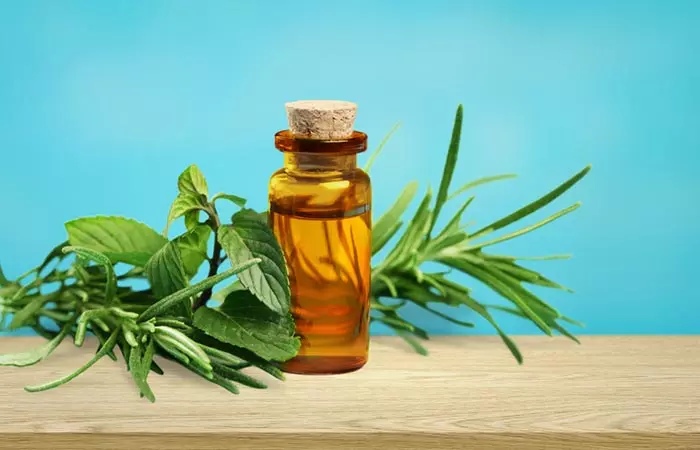
Tea tree oil possesses anti-inflammatory properties (3). It may help in reducing inflammation and the build-up of fluid within the cyst.
You Will Need
- 2-3 drops of tea tree oil
- 1 teaspoon of coconut oil
- Band-aid
What You Have To Do
- Mix two to three drops of tea tree oil with a teaspoon of coconut oil.
- Apply it to the affected area.
- Cover the cyst with a band-aid and leave it on.
How Often You Should Do This
Do this once daily.
2. Apple Cider Vinegar
Apple cider vinegar contains acetic acid, which has anti-inflammatory properties (4). Hence, it may help in reducing inflammation, swelling, and pain associated with ganglion cysts. However, there is no scientific evidence to prove this effect.
You Will Need
- 1 tablespoon of organic apple cider vinegar
- ¼ cup of water
- Cotton balls
What You Have To Do
- Add a tablespoon of organic apple cider vinegar to one-fourth cup of water.
- Soak a cotton ball in this solution and place it on the cyst.
- Leave it on for at least 30 minutes before washing it off.
How Often You Should Do This
Do this 2-3 times daily.
3. Tea Bag
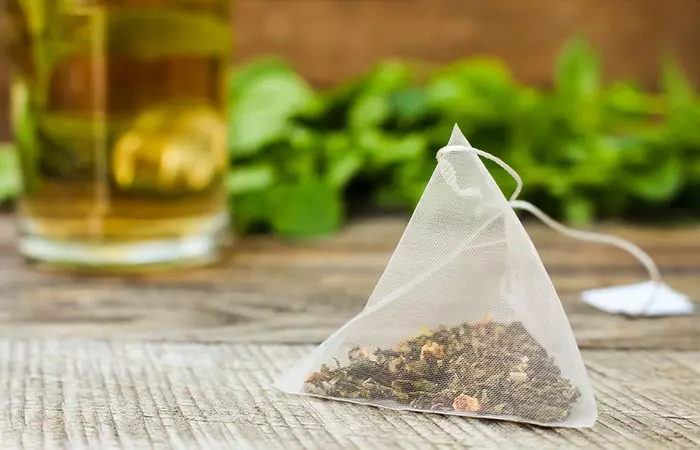
Tea possesses anti-inflammatory and healing properties (5), (6). This can help in healing a ganglion cyst and alleviating the pain associated with it.
You Will Need
Used black or herbal tea bags
What You Have To Do
- Place a used black tea bag on the affected joint.
- Leave it on for 20 to 30 minutes.
- Wash the area with water.
How Often You Should Do This
Do this 2-3 times daily.
4. Castor Oil
Castor oil contains ricinoleic acid, which exhibits anti-inflammatory activity
(7). Hence, castor oil may be used to treat the inflammation and swelling in the affected area.
You Will Need
100% organic castor oil
What You Have To Do
- Apply a thin layer of pure castor oil to the affected joint.
- Cover it with a bandage.
- Leave it on for about 20 to 30 minutes.
- Wash it off.
How Often You Should Do This
Do this 1-2 times daily.
5. Warm Compress
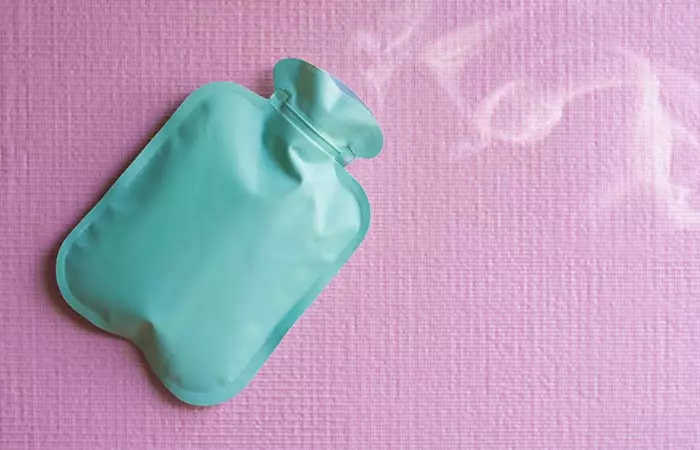
A warm compress is an effective therapy that not only relieves inflammation but also soothes the pain associated with ganglion cysts (8).
You Will Need
A warm compress
What You Have To Do
- Place a warm compress or a hot water bottle on the affected area.
- Leave it on for about 5 to 10 minutes and remove.
- Repeat 2 to 3 times.
How Often You Should Do This
Do this once daily for quick relief.
6. Epsom Salt Soak
The immunomodulatoryi The ability of a substance to initiate or inhibit an immune response and aid in the treatment of autoimmune diseases. nature of magnesium in Epsom salt helps in decreasing the production of inflammatory cytokinesi Certain types of proteins secreted by cells that stimulate an inflammatory response in the body. in your body (9). This helps alleviate pain, inflammation, swelling, and redness in the affected area.
You Will Need
- ½ cup of Epsom salt
- A basin of warm water
What You Have To Do
- Add half a cup of Epsom salt to a basin of warm water.
- Soak the affected hand, wrist, or foot in this for 15 to 20 minutes.
How Often You Should Do This
Do this once daily or every alternate day.
7. K Tape
A K tape can offer support and stability to the affected joint, thereby helping in healing the ganglion cyst. It also helps relieve pain and promotes muscle strength (10).
You Will Need
A K tape
What You Have To Do
- Bend the affected joint of your wrist or foot.
- Stick the K tape along the affected area without stretching your joint.
- Wear it for a couple of days.
- Read the instructions on the pack for further guidance.
How Often You Should Do This
You must keep this tape on the affected joint for 2-4 days.
 Quick Tip
Quick Tip8. Aloe Vera
Aloe vera
has natural healing properties (11). It can also help reduce the swelling and inflammation in the affected area (12).
You Will Need
Freshly extracted aloe gel
What You Have To Do
- Apply freshly extracted aloe gel directly to the affected area.
- Leave it on for at least 30 minutes before rinsing it off.
How Often You Should Do This
Do this 2-3 times daily.
9. Turmeric
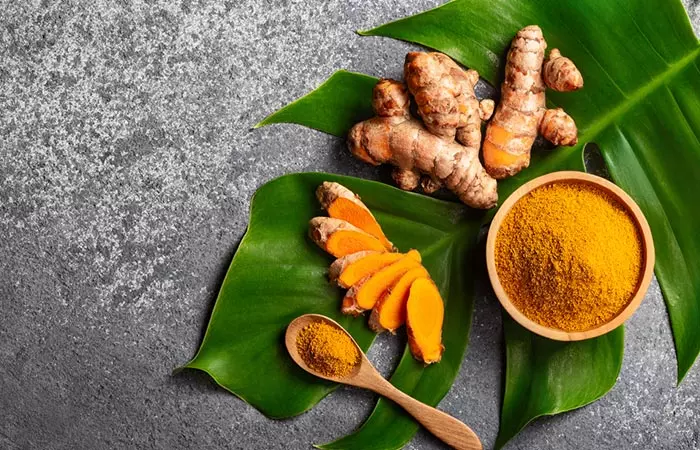
Turmeric contains curcumin, which helps combat inflammation, swelling, and pain (13). This can be used to get rid of ganglion cysts.
You Will Need
- 1 teaspoon of turmeric powder
- Water (as required)
What You Have To Do
- Add a few drops of water to a teaspoon of turmeric powder to make a thick paste.
- Apply this directly to the affected area.
- Leave it on for 30 minutes and rinse off.
How Often You Should Do This
Do this 1-2 times daily.
10. Vitamin B-Complex
Vitamin B-complex is a group of water-soluble vitamins that help with cell metabolism (14). It can also help heal ganglion cysts.
Foods rich in vitamin B-complex include berries, legumes, lean meat, eggs, tuna, avocado, and spinach. You can consume foods rich in these vitamins or take supplements after consulting your doctor.
It is wise to make a few changes to your lifestyle if you have a ganglion cyst. Follow the prevention tips listed below in conjunction with these home remedies to prevent the recurrence of the cysts.
Prevention Tips
- Follow a healthy and nutrition-filled diet that consists of fresh fruits, legumes, whole grains, vegetables, and nuts.
- Drink enough water and keep yourself well hydrated.
- Give proper rest to the affected joint.
- Exercise daily.
- Do not over-stress the affected area.
 Quick Tip
Quick TipThese tips might seem very basic, but they can help a great deal when it comes to curing a ganglion cyst. However, there are certain instances when you may need to go to the doctor. Check out the next section to know more.
When To Seek Medical Attention
Although ganglion cysts are mostly benign and disappear on their own, there are occasions when getting medical help is required. Seeking medical advice is crucial if the cyst becomes uncomfortable, particularly when moving, making it difficult for you to carry out your everyday duties. Additionally, apart from ganglion cysts, there could be many reasons for a hard lump under the skin. In such cases, you should consult a doctor immediately, especially if you notice any changes in its size or appearance such as redness, tenderness, etc.
If you doubt that you have developed a ganglion cyst, you can visit a doctor to confirm it via a test or diagnosis.
Diagnosis Of Ganglion Cysts
Your doctor may conduct a diagnosis for a ganglion cyst through the following methods:
- A holistic physical examination
- Imaging tests like X-rays, ultrasound, and magnetic resonance imaging. An MRI or ultrasound can also locate hidden cysts.
Besides home remedies, there are alternative medical ways to treat this condition. The following are some medical options that you can opt for to treat ganglion cysts.
What Are The Medical Options To Treat Ganglion Cysts?
Your doctor may initially ask you to wait a bit to check if the ganglion cyst heals on its own. However, if it doesn’t heal or begins to pain and interferes with joint movement, your doctor may suggest:
1. Temporary Immobilization: Using a brace or splint to restrict movement and reduce the size of the cyst.
- Pros: Non-invasive, relieving, and may potentially decrease the cyst naturally.
- Cons: May result in stiffness and weakening in the muscles. The cyst may reappear if movement is not restricted properly.
2. Aspiration: Draining the fluid from the cyst with a needle.
- Pros: Quick, non-invasive, rapid relief, minimal recovery time.
- Cons: Cysts frequently recur, not effective for solid/thick-walled cysts
3. Surgery: Complete removal of the cyst and its stalk. Surgery may be required only if other approaches haven’t worked.
- Pros: Reduces the chance of recurrence and is a more permanent solution.
- Cons: Longer healing time, lower probability of recurrence, infection, scarring, and nerve injury.
According to Dr. Marc Matarazzo, MD, a board-certified orthopedic surgeon, “Massage, immobilization, mechanical rupture, needle aspiration, acupuncture, Chinese Fire needle, and surgical excision are the treatments that give the best chance of permanent cure.”
Signs And Symptoms Of Ganglion Cysts
- Discomfort and pain in the affected area
- Loss of mobility
- Numbness
- A tingling sensation
Some ganglion cysts may also become bigger or smaller with time. Are you wondering what causes this unpredictable condition? Let’s find out.
Causes And Risk Factors For Ganglion Cysts
As we have already discussed, ganglion cysts usually occur when there is fluid accumulation in the joint or around the tendons in your hands, wrists, ankles, or feet. This accumulation of fluid may be due to an injury, trauma, or even overuse of the body part.
Research conducted in 2020 on 2420 patients who underwent wrist arthroscopy in 2015-16 showed that these patients were 8 times more likely to develop a ganglion cyst than the general population. 1.24% (30) participants developed ipsilateral wrist ganglion within 4 months after the procedure.
Some factors can also increase your risk of developing ganglion cysts. They are:
- Sex and age – Ganglion cysts are more common in women aged between 20 and 40.
- Medical conditions like osteoarthritisi A type of arthritis that affects cartilage tissues capsuling the ends of bones, resulting in deformity and degeneration of joints.
- Injured tendons or joints
Now that you know the causes behind ganglion cysts, scroll down to the next section to learn about the different types of ganglion cysts.
Types Of Ganglion Cyst
The two primary types of ganglion cysts are:
- Dorsal Wrist Ganglion Cysts: These are the most common type and appear on the back of the wrist. They often occur in the joint or tendon in the wrist. They may or may not be visible and often vary in size (15).
- Volar (Palmar) Wrist Ganglion Cysts: These are less common and occur on the base of the finger on the palm side of the wrist. They arise from the tendon sheath of the finger. They can cause discomfort and affect hand function (16).
Note that ganglion cysts may sometimes resolve on their own but may require medical attention if they cause pain or extreme discomfort.
Infographic: 5 Simple Home Remedies To Treat Ganglion Cysts
By now you know that there are many different home remedies you can try to manage ganglion cysts. While they are all effective, we’d like to highlight the ones that are easy to make and require minimal ingredients, all of which you can find right at home.
Check out the infographic below for a shortlist of the most simple and easily accessible home remedies for ganglion cysts. Illustration: StyleCraze Design Team
There are various medical options to treat ganglion cysts. Home remedies for ganglion cysts work effectively by alleviating the pain and other related symptoms. Essential oils like frankincense oil, lemongrass oil, and tea tree oil effectively manage ganglion cysts. In addition, apple cider vinegar, tea bags, castor oil, warm compress, Epsom salt soak, K tape, aloe vera, turmeric, and vitamin B complex alleviate ganglion cyst pain. You can also possibly prevent ganglion cysts by following a nutritious diet, self-care, hydrating adequately, and exercising regularly.
Frequently Asked Questions
Can you massage a ganglion cyst away?
Dr. Matarazzo says, “Ganglion cysts are fluid-filled sacs, so massaging may rupture them, which will at least temporarily reduce the size of the cysts. They tend to fluctuate in size, so while the massage may not directly eliminate them, they may appear to improve over time.”
How long does it take for a ganglion cyst to go away?
Most of the time, a ganglion cyst may disappear in a couple of weeks, only to reappear months or even years later. But this may not be the case with all, and some may achieve complete recovery from these cysts in due course of time.
Can a ganglion cyst turn out to be cancerous?
Unlike tumors and other forms of cysts, ganglion cysts are non-cancerous. You may sometimes notice them growing in size, but that is completely natural.
What is the difference between a ganglion cyst and a synovial cyst?
A ganglion cyst is just a fluid-filled sac that may develop in the joints of your ankles or wrists. On the other hand, a synovial cyst has a thin layer of tissue surrounding it. This tissue layer is absent in a ganglion cyst.
What happens if a ganglion cyst is left untreated?
Leaving a ganglion cyst untreated will hardly cause any problems unless it pains or interrupts your joint movement. However, if you are suffering from other forms of cysts, it is wise to avail treatment and medicines immediately as there is a risk of them turning cancerous in the long run.
Is heat or ice better for a ganglion cyst?
Both methods are useful and can be used as per your preference. Applying an ice pack to your ganglion cyst will help decrease the swelling. A warm compress will relieve your pain, improve blood circulation, and help drain the fluid.
Can massage cure a ganglion cyst?
While massaging your cyst will not heal it completely, it may help drain the liquid from the sac. This will reduce its size a little and offer some relief. However, proper medical intervention can help remove the cysts completely.
Can you pop a ganglion cyst by pushing on it?
No, avoid pushing or pressing the ganglion cyst. It can otherwise increase your risk of developing further infection and damage the bones and tissues in the affected area.
Do ganglion cysts grow roots?
Yes, in many cases, ganglion cysts can grow a stalk-like structure (root) that can be removed via medical procedures. However, it can grow back if not properly removed.
Do ganglion cysts hurt when pressed?
No, ganglion cysts do not hurt when you press them. However, if they press on a nearby nerve, they can cause pain and disrupt joint movement.
Illustration: Home Remedies To Get Rid Of Ganglion Cysts + Causes And Medical Treatment

Image: Stable Diffusion/StyleCraze Design Team
Key Takeaways
- These cysts develop near the fingers, wrists, ankles, or foot and are non-cancerous lumps.
- Observation, immobilization, aspiration, and surgery are a few medical treatment options for ganglion cysts
- Consume vitamin B-complex-rich foods, apply a warm compress, and use tea bags over the affected area for betterment of condition.
- Always consult a healthcare professional to find the most appropriate treatment for ganglion cysts.
Seeking effective home remedies for treating ganglion cysts? Watch this video to discover five easy and natural solutions to reduce the pain and swelling caused by this condition.
References
Articles on StyleCraze are backed by verified information from peer-reviewed and academic research papers, reputed organizations, research institutions, and medical associations to ensure accuracy and relevance. Read our editorial policy to learn more.
- Al-Yasiry, Ali Ridha Mustafa, and Bożena Kiczorowska. “Frankincense–therapeutic properties.” Postepy higieny i medycyny doswiadczalnej (Online) 70 380-91.
https://pubmed.ncbi.nlm.nih.gov/27117114/ - Boukhatem, Mohamed Nadjib et al. “Lemon grass (Cymbopogon citratus) essential oil as a potent anti-inflammatory and antifungal drugs.” The Libyan Journal of Medicine 9 25431.
https://www.ncbi.nlm.nih.gov/pmc/articles/PMC4170112/ - Carson, C F et al. “Melaleuca alternifolia (Tea Tree) oil: a review of antimicrobial and other medicinal properties.” Clinical Microbiology Reviews 19,1 (2006): 50-62.
https://www.ncbi.nlm.nih.gov/pmc/articles/PMC1360273/ - Beh, Boon Kee et al. “Anti-obesity and anti-inflammatory effects of synthetic acetic acid vinegar and Nipa vinegar on high-fat-diet-induced obese mice.” Scientific reports 7,1 6664.
https://pubmed.ncbi.nlm.nih.gov/28751642/ - Fatemi, Mohammad Javad et al. “Effect of green tea on the second degree burn wounds in rats.” Indian journal of plastic surgery : official publication of the Association of Plastic Surgeons of India 47,3 (2014): 370-4.
https://www.ncbi.nlm.nih.gov/pmc/articles/PMC4292114/ - Chatterjee, Priyanka et al. “Evaluation of anti-inflammatory effects of green tea and black tea: A comparative in vitro study.” Journal of advanced pharmaceutical technology & research 3,2 (2012): 136-8.
https://www.ncbi.nlm.nih.gov/pmc/articles/PMC3401676/ - Vieira, C et al. “Effect of ricinoleic acid in acute and subchronic experimental models of inflammation.” Mediators of inflammation 9,5 (2000): 223-8.
https://www.ncbi.nlm.nih.gov/pmc/articles/PMC1781768/ - Lane, Elaine, and Tracy Latham. “Managing pain using heat and cold therapy.” Paediatric nursing 21,6 (2009): 14-8.
https://pubmed.ncbi.nlm.nih.gov/19623797/ - Sugimoto, Jun et al. “Magnesium decreases inflammatory cytokine production: a novel innate immunomodulatory mechanism.” Journal of immunology (Baltimore, Md. : 1950) 188,12 (2012): 6338-46.
https://www.ncbi.nlm.nih.gov/pmc/articles/PMC3884513/ - Öztürk, Gülcan et al. “Efficacy of kinesio tape application on pain and muscle strength in patients with myofascial pain syndrome: a placebo-controlled trial.” Journal of physical therapy science 28,4 (2016): 1074-9.
https://www.ncbi.nlm.nih.gov/pmc/articles/PMC4868190/ - Oryan, Ahmad et al. “Topical Application of Aloe vera Accelerated Wound Healing, Modeling, and Remodeling: An Experimental Study.” Annals of plastic surgery 77,1 (2016): 37-46.
https://pubmed.ncbi.nlm.nih.gov/25003428/ - Vázquez, B et al. “Antiinflammatory activity of extracts from Aloe vera gel.” Journal of ethnopharmacology 55,1 (1996): 69-75.
https://pubmed.ncbi.nlm.nih.gov/9121170/ - Jurenka, Julie S. “Anti-inflammatory properties of curcumin, a major constituent of Curcuma longa: a review of preclinical and clinical research.” Alternative medicine review : a journal of clinical therapeutic 14,2 (2009): 141-53.
https://pubmed.ncbi.nlm.nih.gov/19594223/ - Depeint, Flore et al. “Mitochondrial function and toxicity: role of B vitamins on the one-carbon transfer pathways.” Chemico-biological interactions 163,1-2 (2006): 113-32.
https://pubmed.ncbi.nlm.nih.gov/16814759/ - Gregush, Habusta. “Ganglion Cyst” StatPeals (2023).
https://www.ncbi.nlm.nih.gov/books/NBK470168/ - Gude, Morelli. “Ganglion cysts of the wrist: pathophysiology, clinical picture, and management” US National Library of Medicine 1(3-4): 205–211.
https://www.ncbi.nlm.nih.gov/pmc/articles/PMC2682407/
Read full bio of Dr. Kritika Verma
- Dr. Marc Matarazzo, MD, is a board-certified and fellowship-trained orthopedic surgeon with over 20 years of experience in sports medicine and related injuries. He is an alumnus of Temple University - Lewis Katz School of Medicine and well versed in orthopedics, sports medicine, knee and shoulder injuries and replacements, and more. He is also certified in the MAKO robotic-assisted knee replacement system and has a special interest in cartilage restoration and preservation.
 Dr. Marc Matarazzo, MD, is a board-certified and fellowship-trained orthopedic surgeon with over 20 years of experience in sports medicine and related injuries. He is an alumnus of Temple University - Lewis Katz School of Medicine and well versed in orthopedics, sports medicine, knee and shoulder injuries and replacements, and more. He is also certified in the MAKO robotic-assisted knee replacement system and has a special interest in cartilage restoration and preservation.
Dr. Marc Matarazzo, MD, is a board-certified and fellowship-trained orthopedic surgeon with over 20 years of experience in sports medicine and related injuries. He is an alumnus of Temple University - Lewis Katz School of Medicine and well versed in orthopedics, sports medicine, knee and shoulder injuries and replacements, and more. He is also certified in the MAKO robotic-assisted knee replacement system and has a special interest in cartilage restoration and preservation.
Read full bio of Shaheen Naser
Read full bio of Ramona Sinha
Read full bio of Swathi E





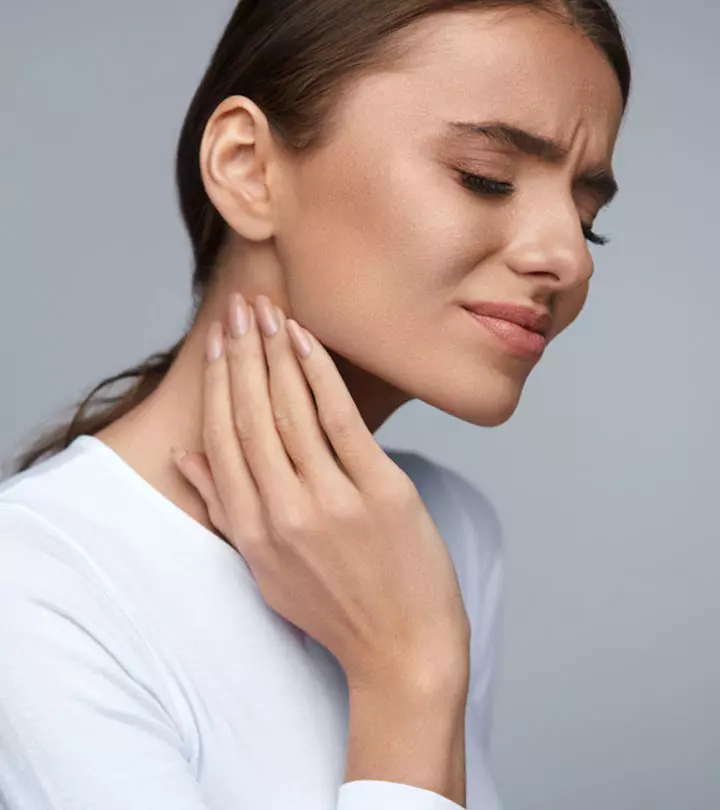
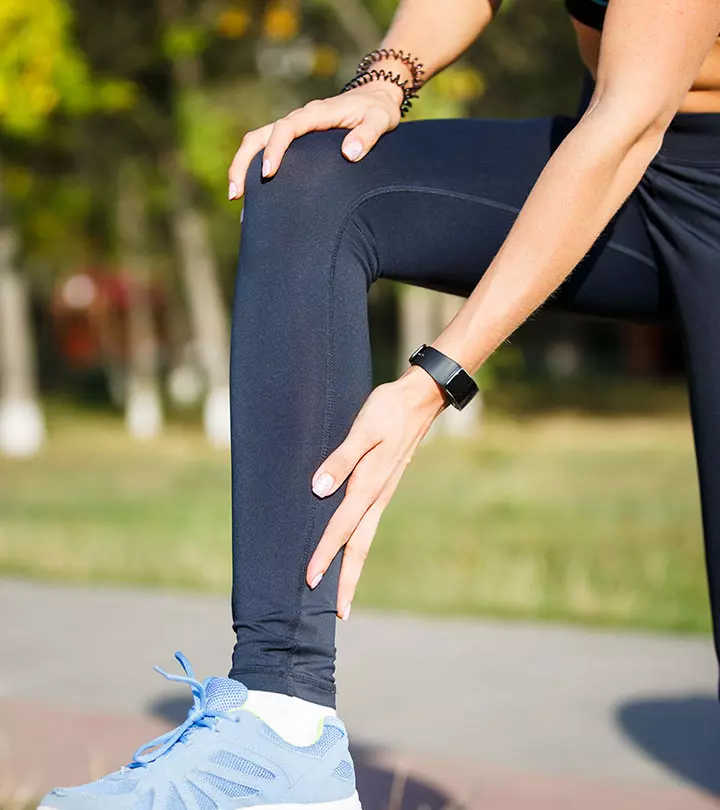
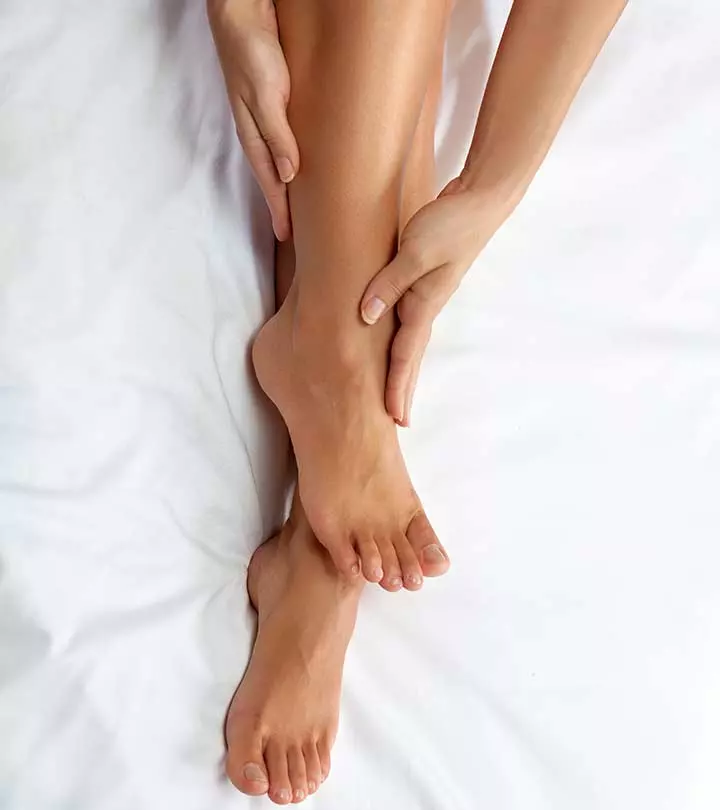
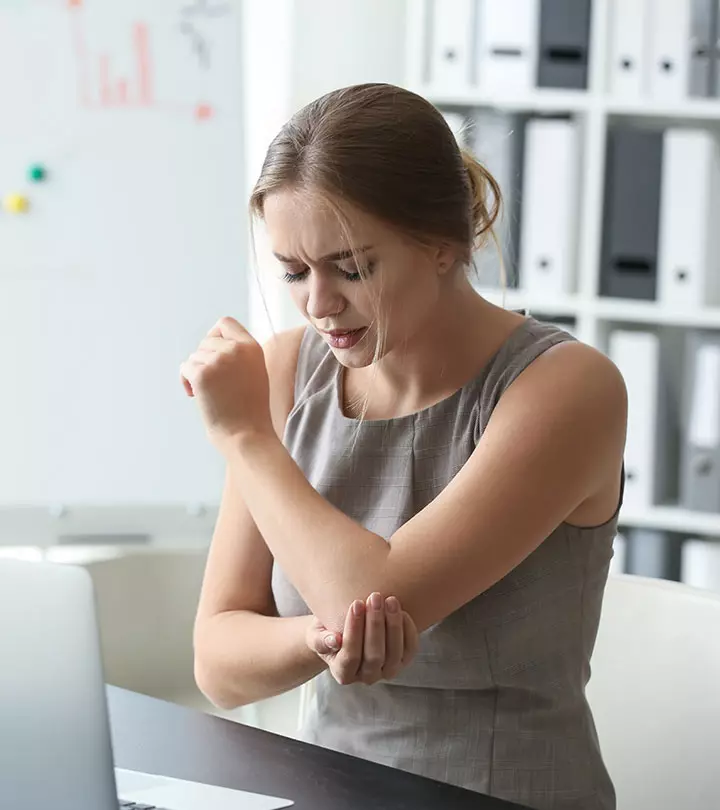

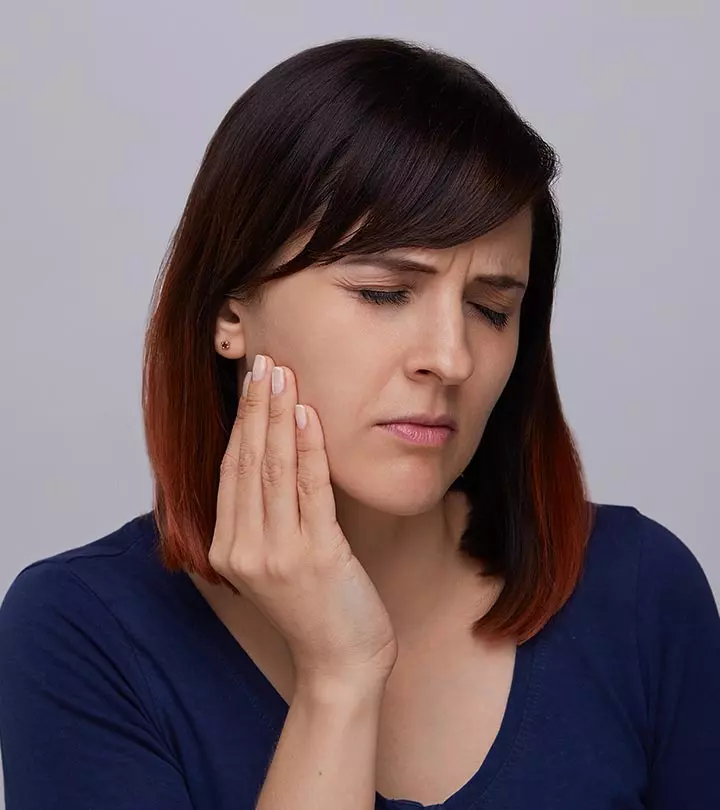
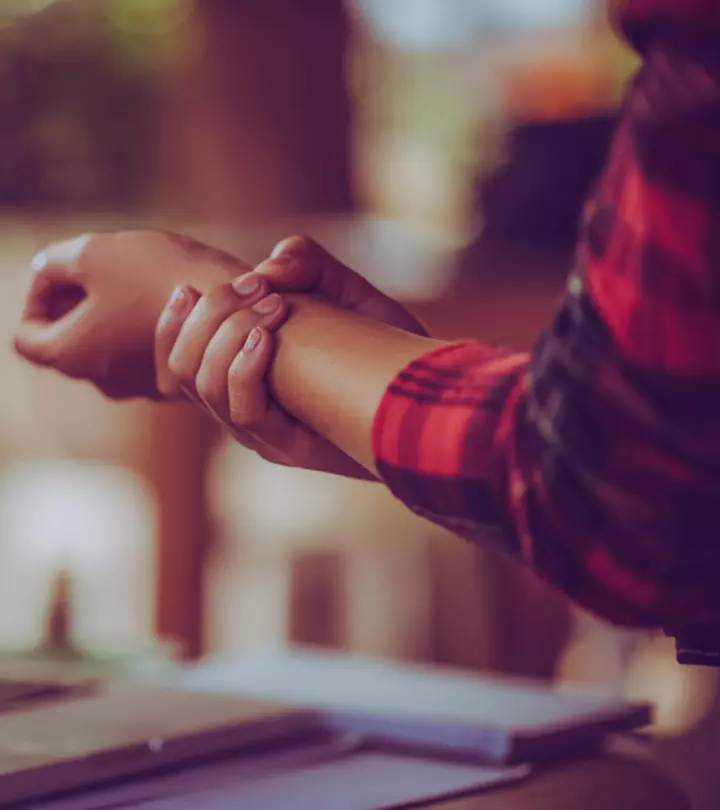
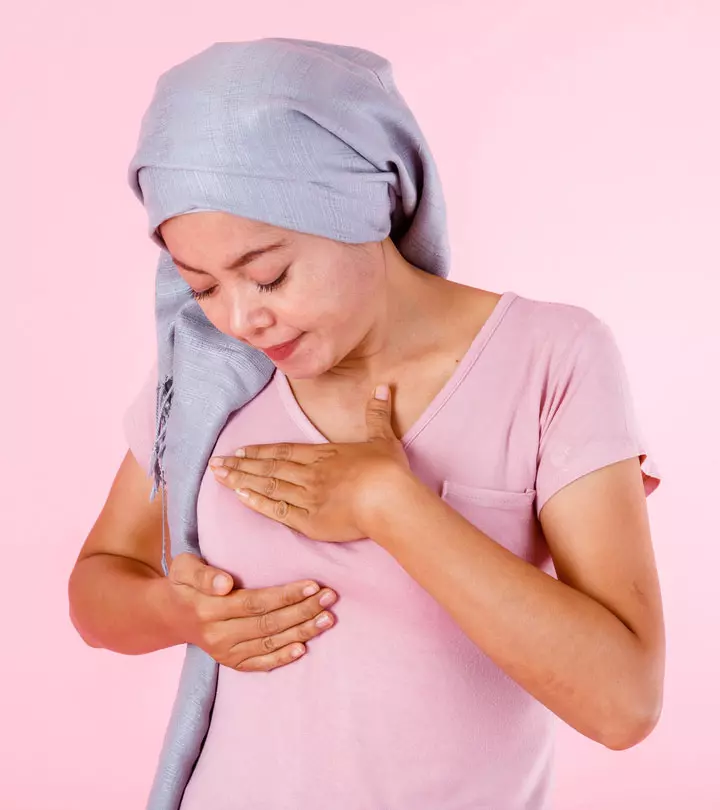

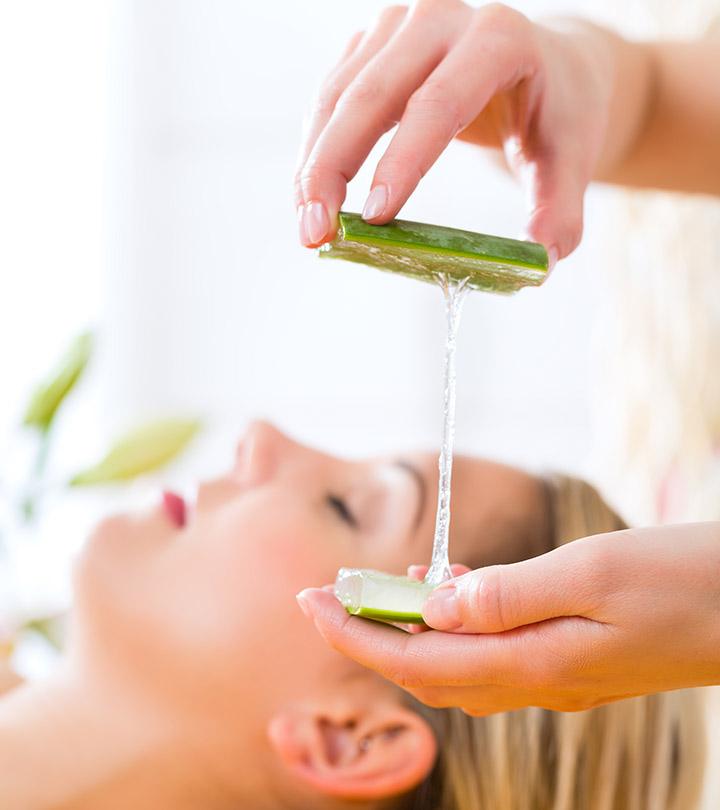
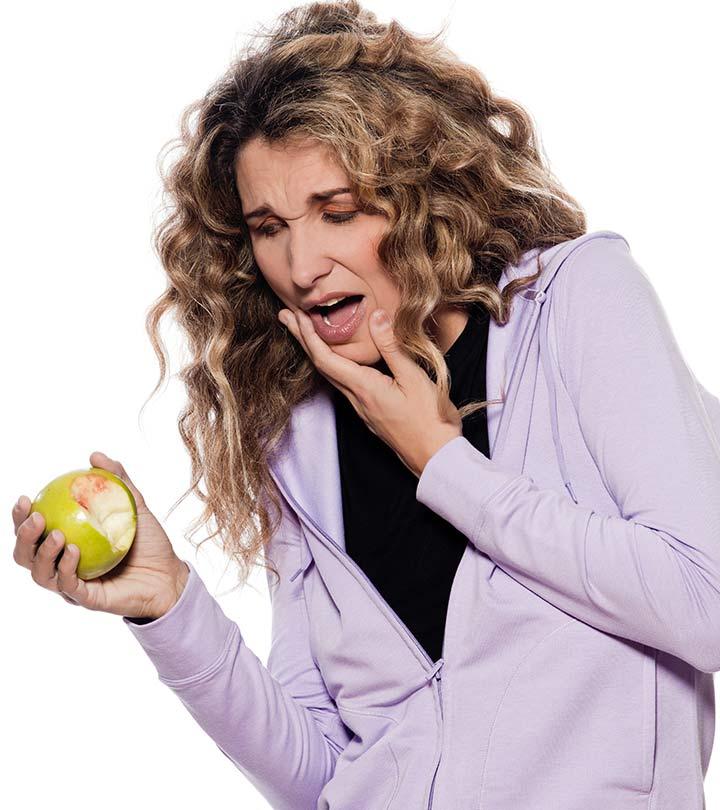
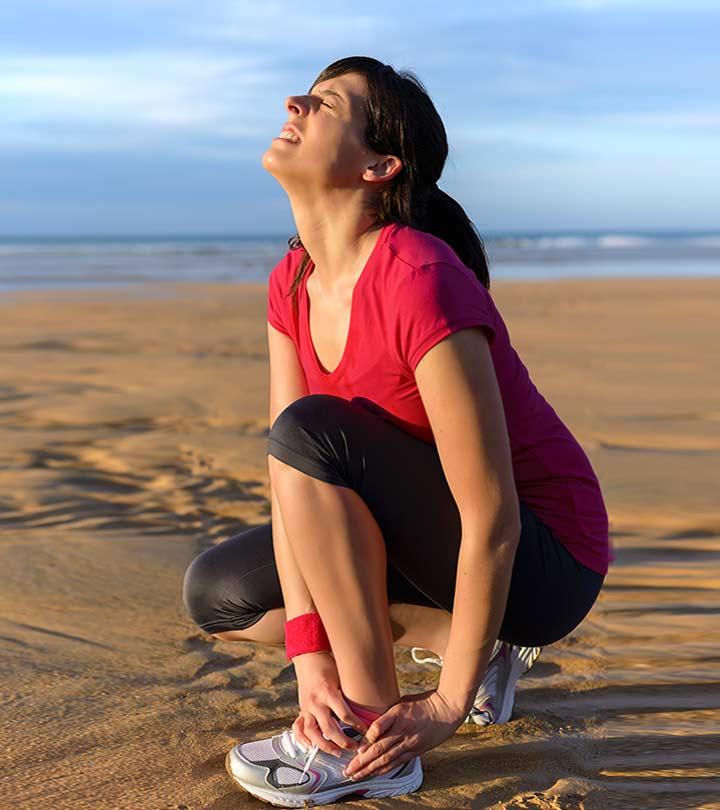
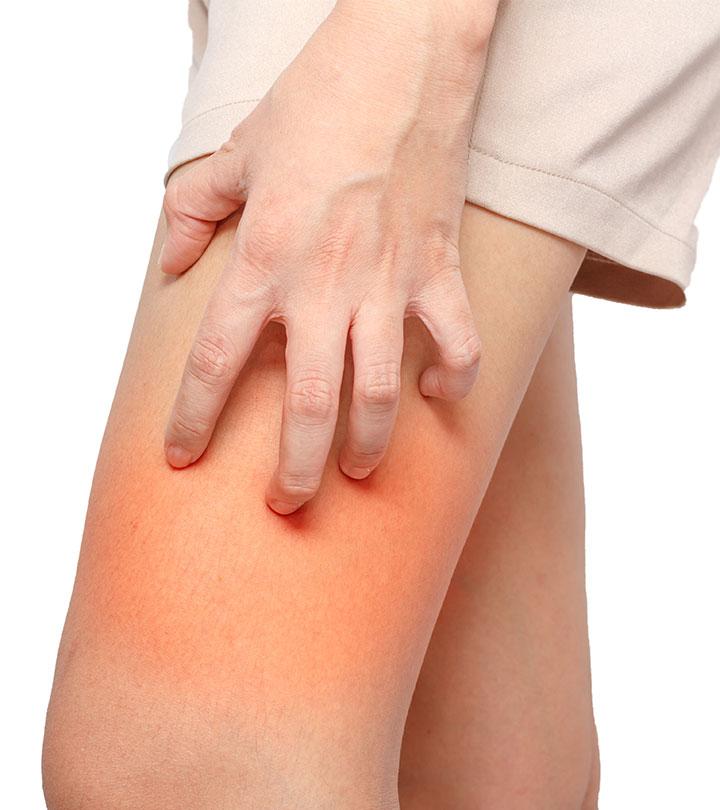
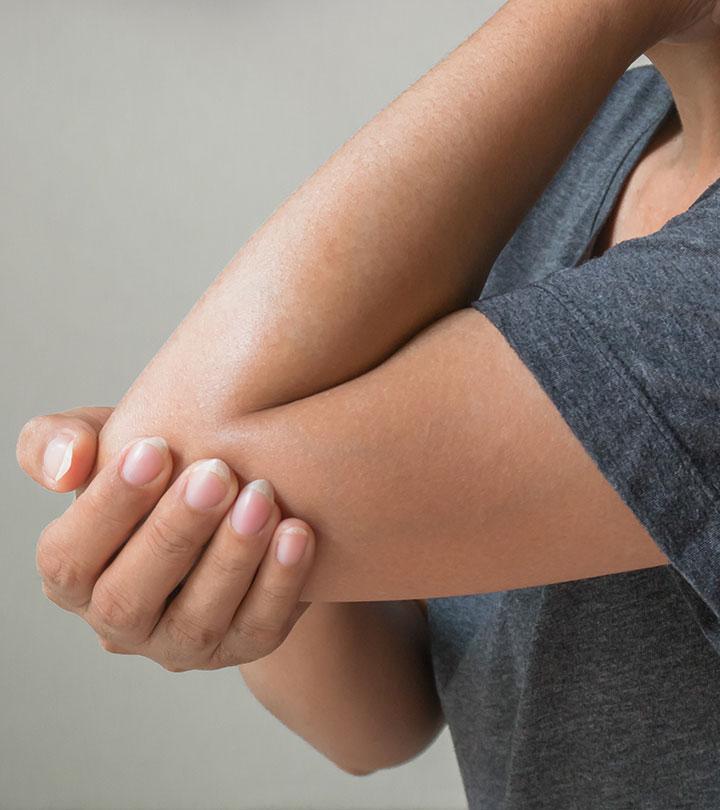
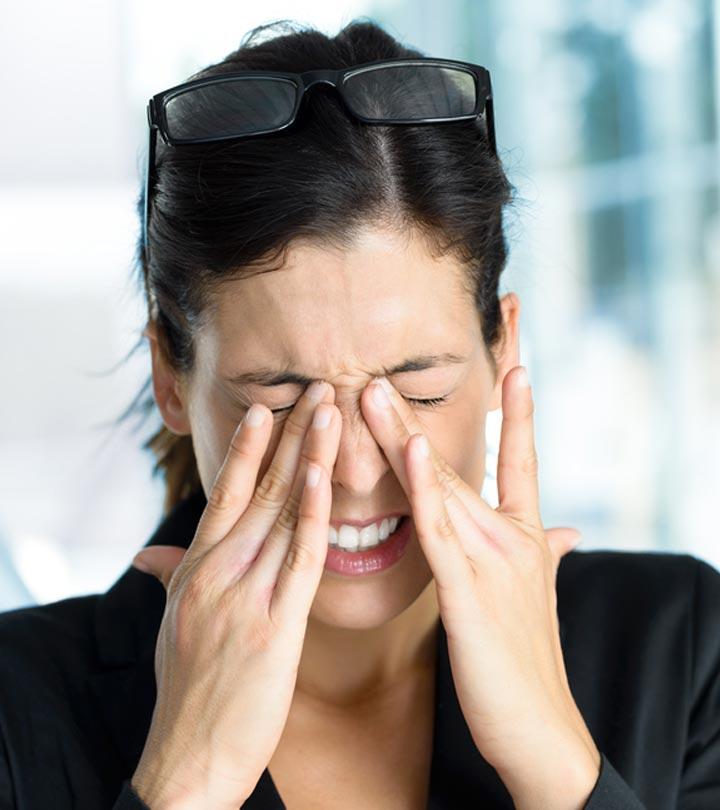
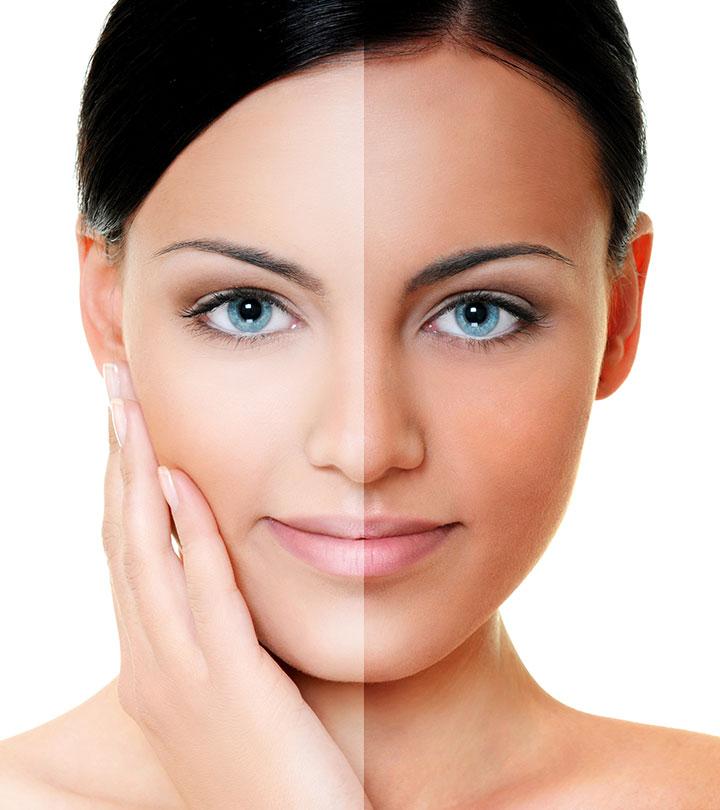
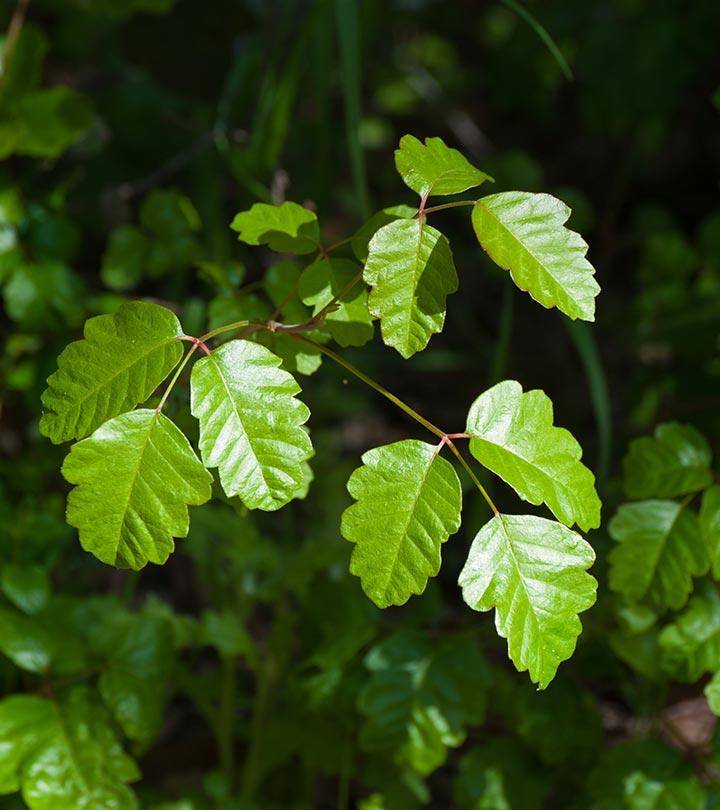
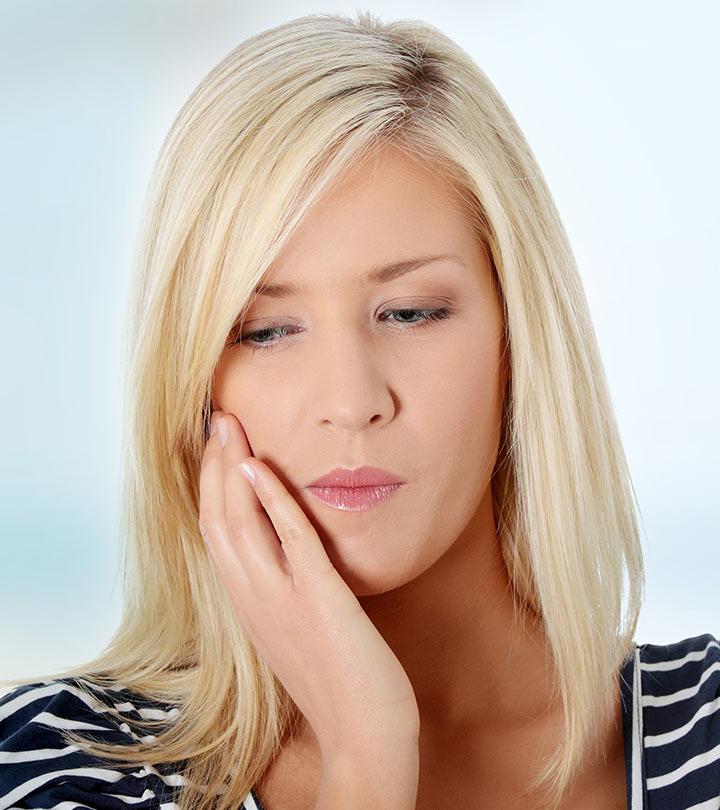
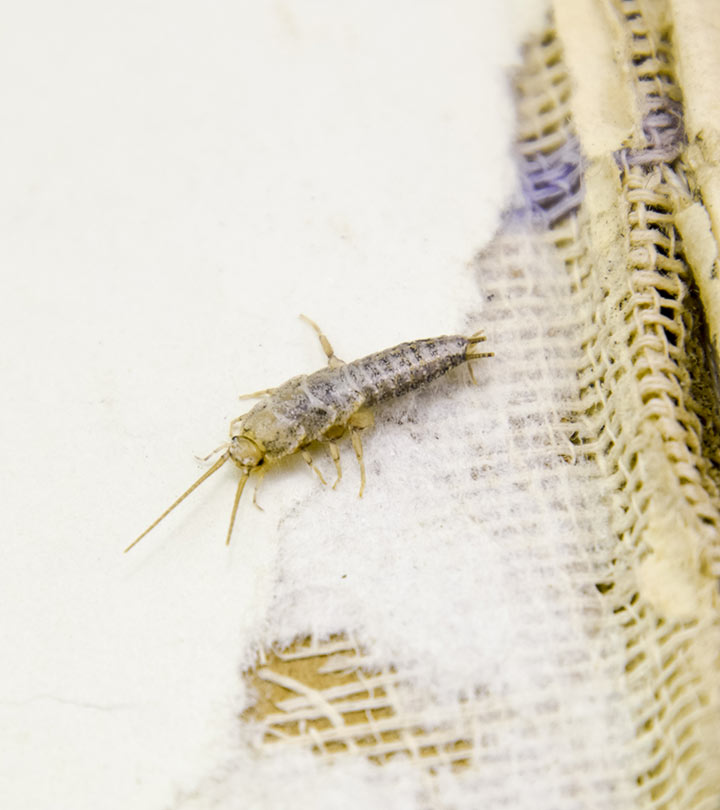
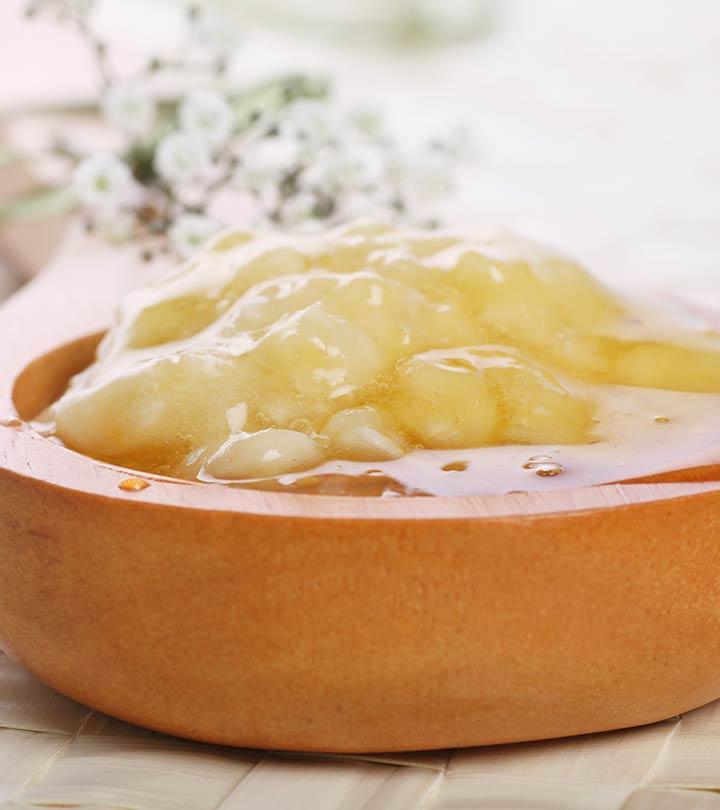
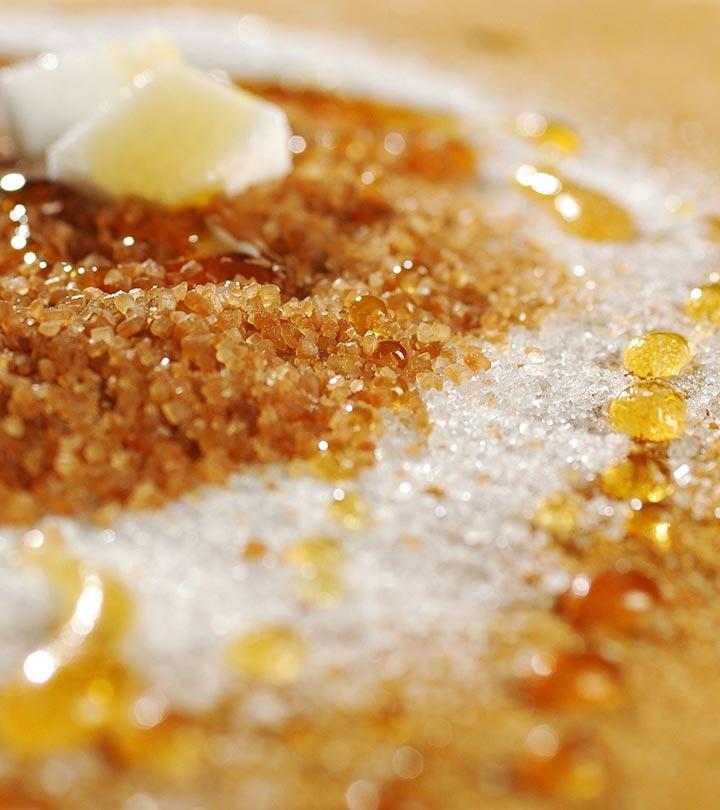
Community Experiences
Join the conversation and become a part of our empowering community! Share your stories, experiences, and insights to connect with other beauty, lifestyle, and health enthusiasts.